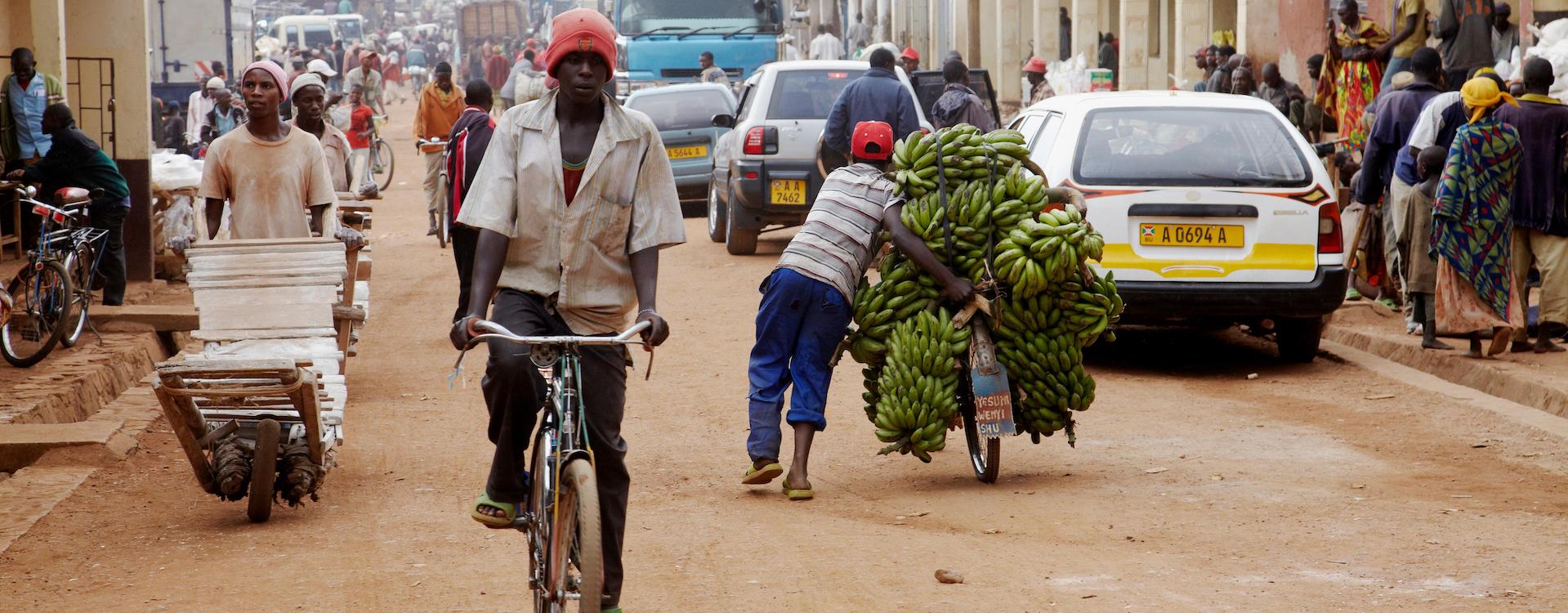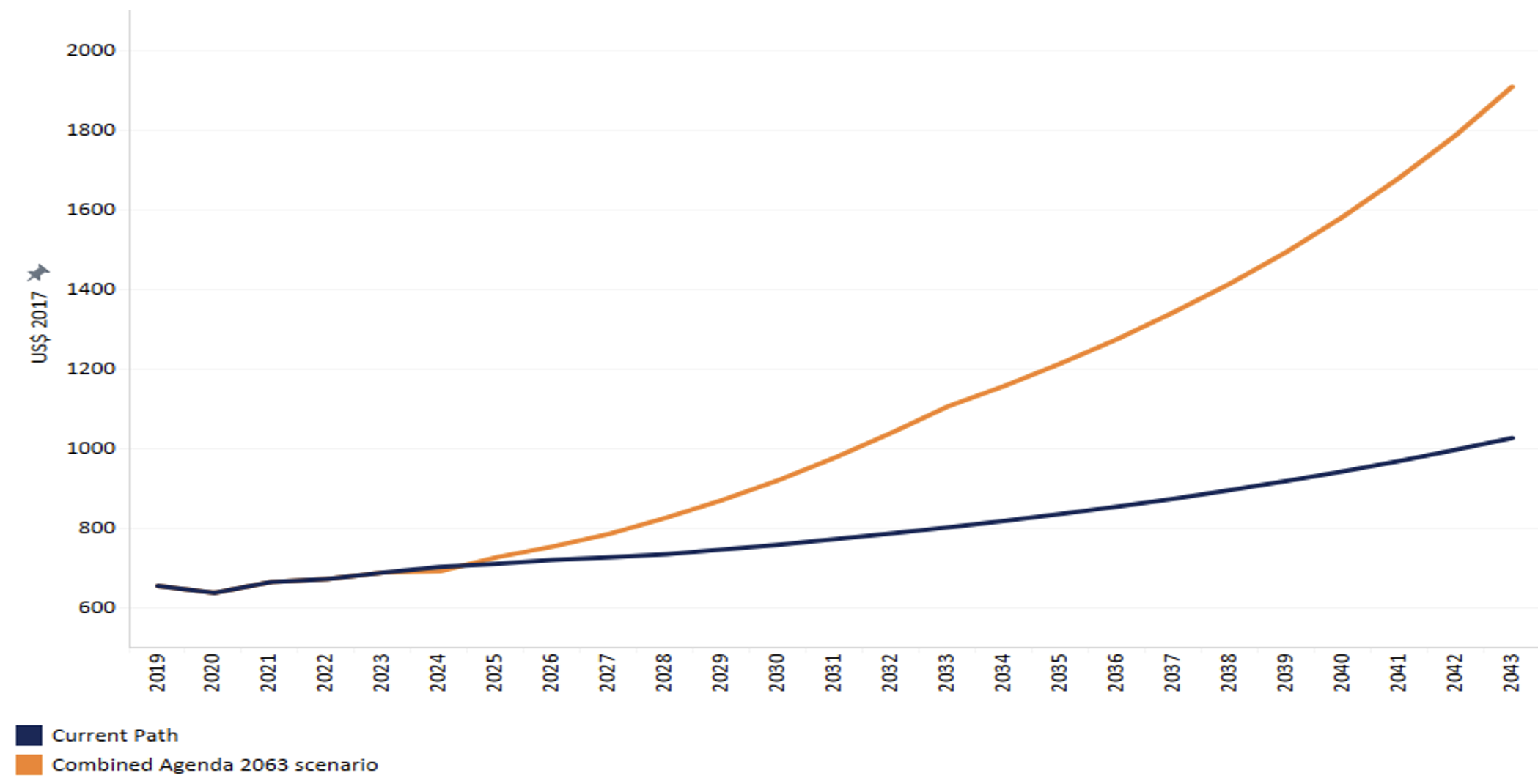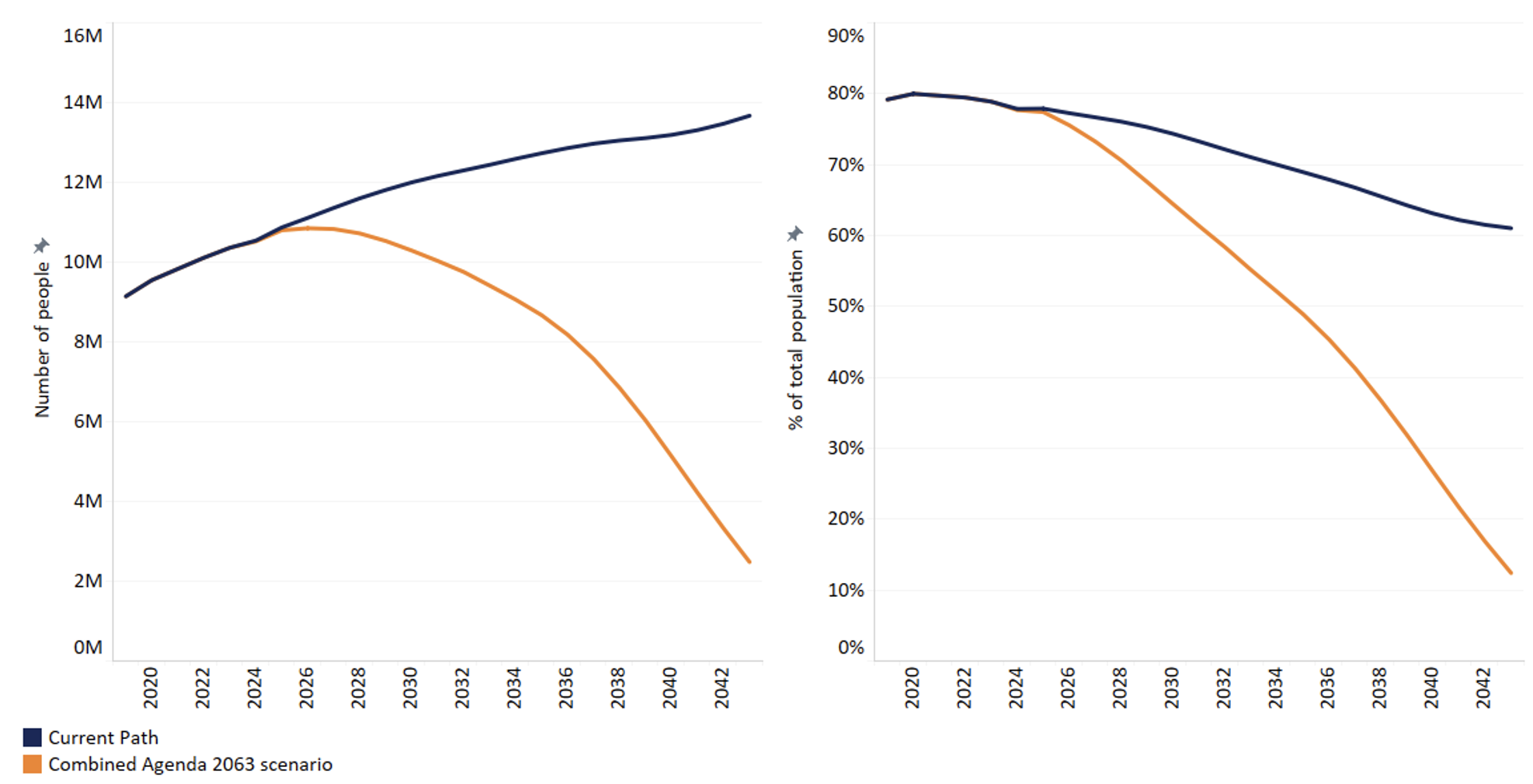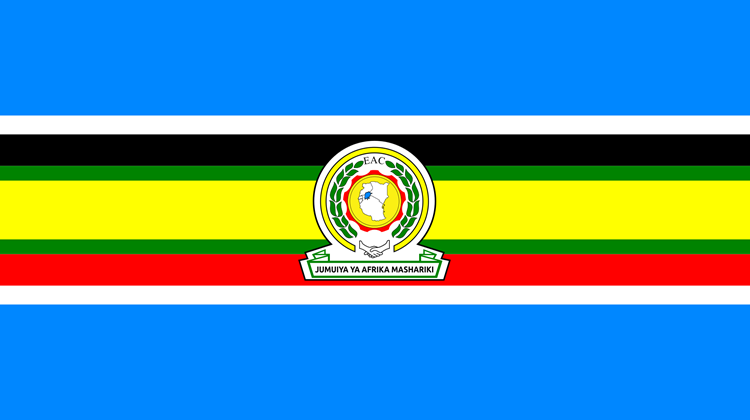Seeking the pathways to accelerate socio-economic development in Burundi

With transformative policies and effective leadership, Burundi can significantly accelerate its socio-economic development.
Burundi is at a critical stage in its development. Over a decade of conflict devastated much of the country’s physical, social and human capital until the Arusha peace agreement was signed in 2000. In the 2000s, the country started its economic recovery after multiple waves of civil war, and political instability.
The gross domestic product (GDP) growth rate increased from less than 2% in 2000 to an average of 5% between 2004 and 2014. However, GDP retracted sharply by 3.9% in 2015 amid a political crisis, riots and violence that prompted donors to suspend aid. Burundi relied heavily on this aid for fiscal revenues, investments and foreign reserves. The economy was recovering from this political crisis when COVID-19 and its associated economic crisis struck.
But the country has made progress in consolidating peace and security, rebuilding institutions and improving sector outcomes, particularly in basic health and education. The literacy rate for youth, for example, significantly increased from 62% in 2008 to 88% in 2017, placing Burundi among the top 20 countries in Africa for literacy. Maternal mortality declined from 1 220 per 100 000 live births in 1990 to 516 in 2019. Child mortality (children under five) also declined from 170 deaths per 1 000 live births in 1990 to 77 in 2019, while life expectancy increased from 48 to 61 years over the same period.
Despite this progress, Burundi faces several challenges and remains one of the world’s least developed countries. It ranked 185th out of 189 countries in the Human Development Index in 2020, and over 70% of its population lives below the international poverty line of $1.90 per day. It had the lowest GDP per capita in Africa at US$600 (purchasing power parity exchange rate) in 2019.
Policy coordination across sectors could significantly accelerate socio-economic development in Burundi
It is also the least urbanised country in Africa, with only about 13% of the population living in urban areas. Economic transformation is limited as the economy is heavily reliant on subsistence agriculture. More than 80% of the population relies on a low-productivity agriculture sector for their livelihoods. Burundi ranked last on the 2022 Global Hunger Index and has one of the highest rates of stunting globally, with 54% of children under five suffering from stunting in 2019.
The government now faces the difficult task of consolidating the country’s peace and stability with addressing its economic challenges. During the general debate of the United Nations (UN) General Assembly’s 76th session in 2021, President Évariste Ndayishimiye said that with peace restored, the focus would now be on policies to accelerate the country’s socio-economic development process.
The critical question is, what can be done to accelerate Burundi’s development prospects? An updated long-term forecast on Burundi from the African Futures and Innovation team at the Institute for Security Studies (ISS) highlights appropriate policies that could accelerate socio-economic development.
The analysis first presents Burundi’s current development trajectory using the International Futures modelling platform. It shows how the country isn’t on track to achieve most of the UN’s Sustainable Development Goals by 2030 and will probably have the second highest poverty rate in Africa (74%) by 2030 after the oil-rich South Sudan (77%). The ISS analysis simulates the impact of eight sectoral policy interventions that could set Burundi on a path to inclusive sustained growth and development.
Burundi’s decade of civil war, and political instability devastated much of the country’s physical, social and human capital
The first intervention – improved governance – emulates the impact of improved governance and stability in Burundi. It also models the effects of government efforts to reduce corruption and improve social inclusion through strengthened democratic institutions and gender empowerment. The second intervention – demographics and health – aims to hasten Burundi’s demographic transition and improve the health system. It models the effect of lower fertility rates and better access to affordable and quality healthcare.
The third intervention – education – improves the quantity and quality of education in Burundi, especially at the secondary and tertiary levels, to provide skilled labour to the economy. The fourth intervention cluster, infrastructure/leapfrogging – represents a reasonable but ambitious investment in road infrastructure, renewable energy technologies and improved access to electricity in urban and rural areas. It also includes accelerated access to mobile and fixed broadband.
The fifth intervention is agricultural revolution, which emulates the impact of an effort to unlock Burundi’s agricultural potential. The study also modelled the effects of an industrialisation push (manufacturing growth), the full implementation of the African Continental Free Trade Agreement, and more external financial inflows (foreign direct investment, aid and remittances).
Of all eight intervention clusters, the ones on an agricultural revolution and improved governance appear to be the low-hanging fruits that would boost the population’s well-being.
Government now needs to consolidate Burundi’s peace and stability with addressing its economic challenges
Meanwhile, the Agenda 2063 scenario, which combines all the interventions, shows that policy coordination across sectors could significantly accelerate socio-economic development in Burundi. By 2043, the end of the third 10-year implementation of the Africa Union’s Agenda 2063, the GDP per capita of Burundi would be about US$900 larger than in the Current Path forecast (business-as-usual scenario) (Chart 1).
By 2043, the extreme poverty rate at the US$1.90 poverty threshold would decline to roughly 12% (2.5 million people) compared to 61% in the Current Path forecast or 13.7 million people in the same year (Chart 2).
Chart 1: GDP per capita (PPP) in Current Path and Combined scenarios, 2019-2043
 Source: Forecast in IFs version 7.84; historical data from the International Monetary Fund.
Source: Forecast in IFs version 7.84; historical data from the International Monetary Fund.
Chart 2: Extreme poverty at US$1.90 – Current Path vs Combined scenario, 2019-2043
 Source: Forecast in IFs version 7.84; historical data from the World Bank.
Source: Forecast in IFs version 7.84; historical data from the World Bank.
The policy choices and scenarios mentioned above will amount to nothing without the concerted efforts of Burundi’s authorities, and their commitment to implement them. With a developmentally oriented vision, the ruling elite could change the country’s trajectory through sound economic development practices, inclusive social services and strong institutions.
Image: © agefotostock / Alamy Stock Photo






